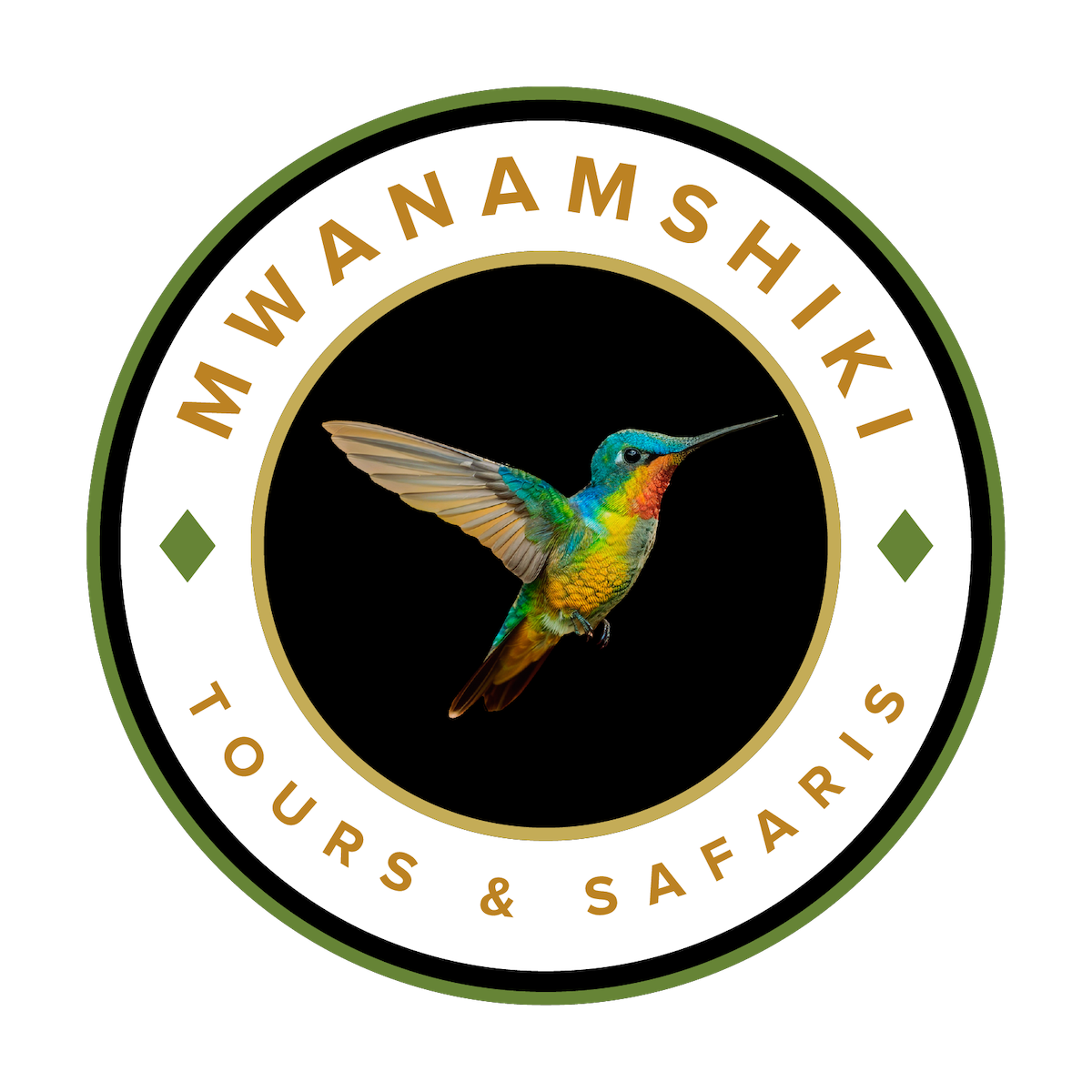Destinations
Serengeti National Park
Theatre of the Great Migration
Welcome to Serengeti National Park a timeless wilderness and UNESCO World Heritage Site that stands among the world’s most legendary safari destinations. Nestled in northern Tanzania, the Serengeti spans a staggering 14,763 square kilometers of golden savannah, endless horizons, and acacia-studded plains that stretch as far as the eye can see.
This iconic park is best known as the stage for the Great Migration, one of nature’s most awe-inspiring spectacles, where over two million wildebeest, zebras, and gazelles thunder across the plains in search of fresh grazing followed closely by predators like lions, leopards, and cheetahs. But the Serengeti is more than just the migration it’s a year-round haven for the Big Five, countless bird species, and mesmerizing African sunsets. From thrilling game drives and hot air balloon safaris to world-class photography and luxury bush stays, the Serengeti offers a raw, authentic, and unforgettable safari experience that every traveler dreams of.
Whether you’re a first-time explorer or a seasoned wildlife lover, the Serengeti promises adventure, wonder, and connection with nature at its wildest.
Attractions Faound in Serengeti National park
The Great Migration
The Great Migration is one of the most spectacular wildlife events on Earth. Each year, over two million wildebeest, zebras, and gazelles journey across the Serengeti in a dramatic cycle of life and survival.
From calving season in the south (Jan–Mar) to river crossings full of predators in the north (July–Oct), this natural wonder offers jaw-dropping moments that change with the seasons making the Serengeti a thrilling destination year-round.
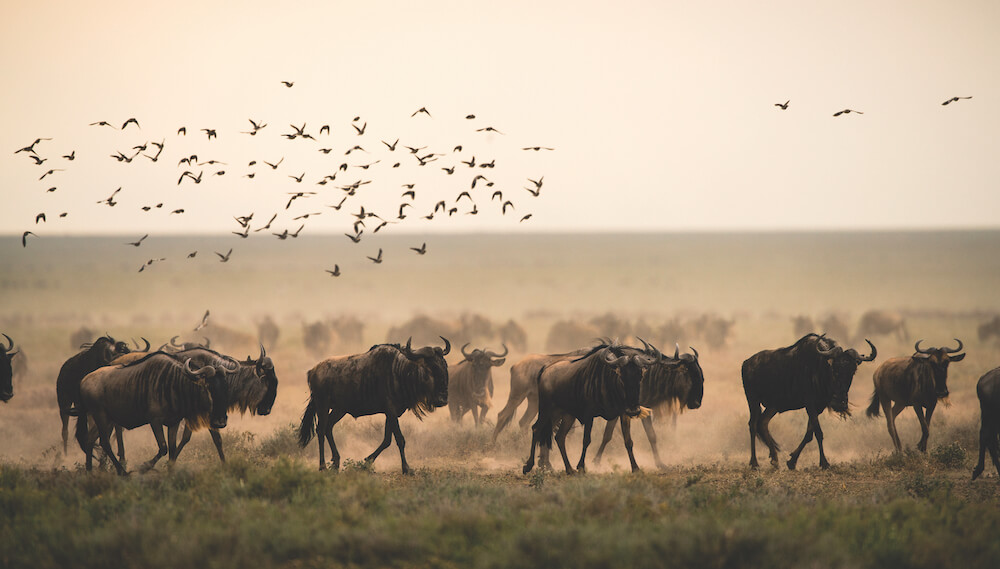
The Big Five Safari
The Serengeti is one of the best places in Africa to see the Big Five: lion, leopard, elephant, buffalo, and rhinoceros. Lions are found in strong numbers across the plains, leopards lurk in riverine forests, and elephants roam freely through acacia woodlands.
While rhinos are rarer, they can sometimes be seen in the Serengeti’s protected areas and nearby Ngorongoro Conservation Area.
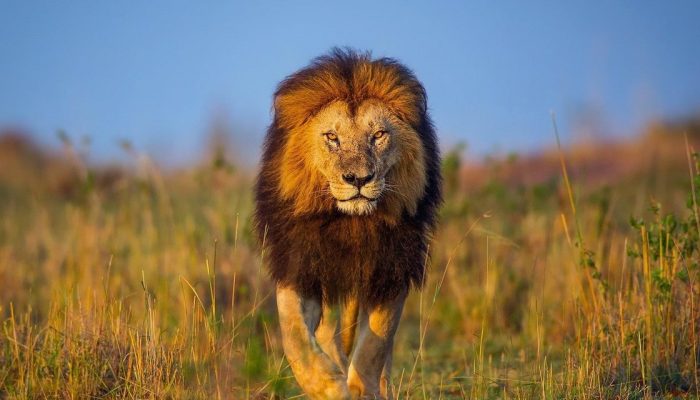
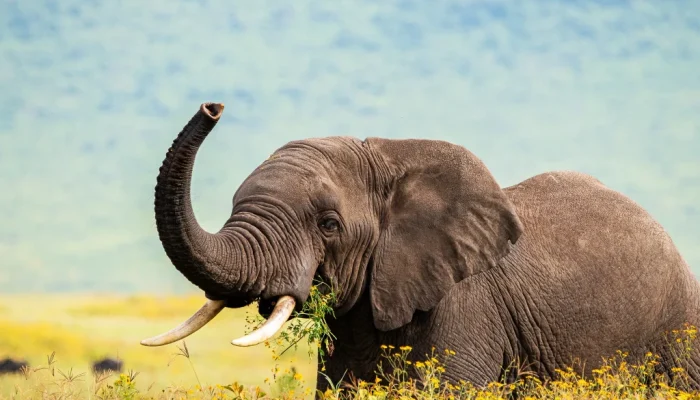
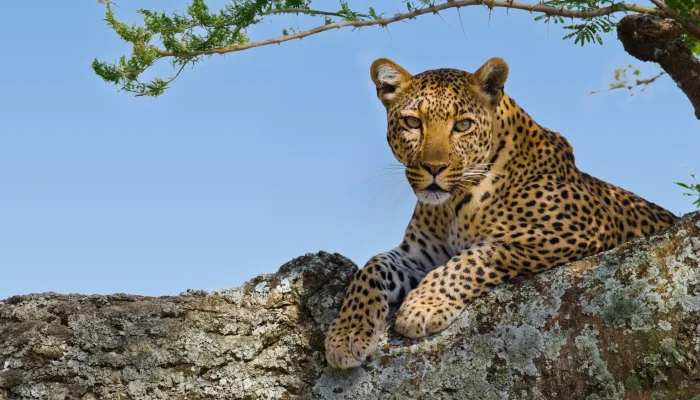
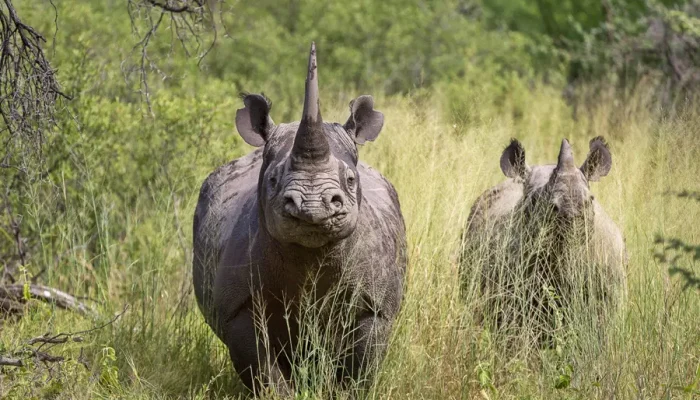
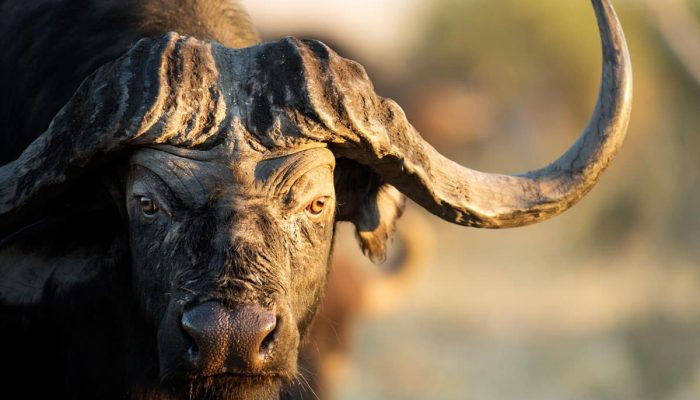
Seronera River Valley
Located in central Serengeti, the Seronera River is a year-round water source and one of the park’s best game-viewing areas.
This lush valley attracts a high concentration of animals and predators, especially lions, cheetahs, leopards, and hyenas. The mix of open plains and wooded riverbanks makes it perfect for photography and game drives.
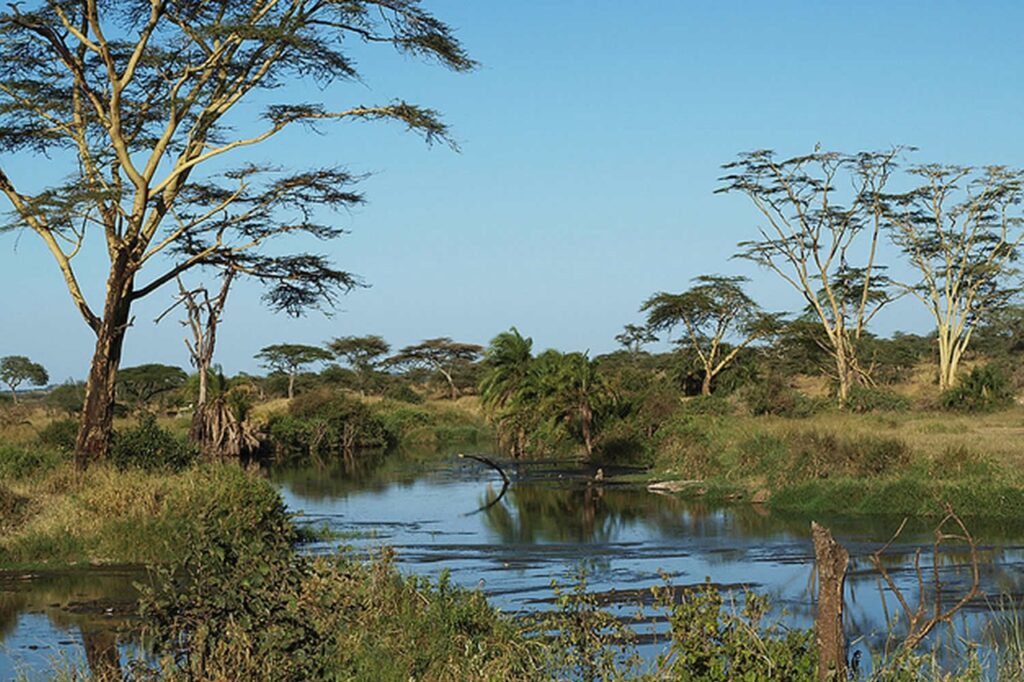
Grumeti River
In the western corridor of the Serengeti, the Grumeti River becomes a key migration obstacle between May and July. Here, massive herds attempt dangerous crossings while being hunted by giant Nile crocodiles creating some of the most dramatic scenes of the migration.
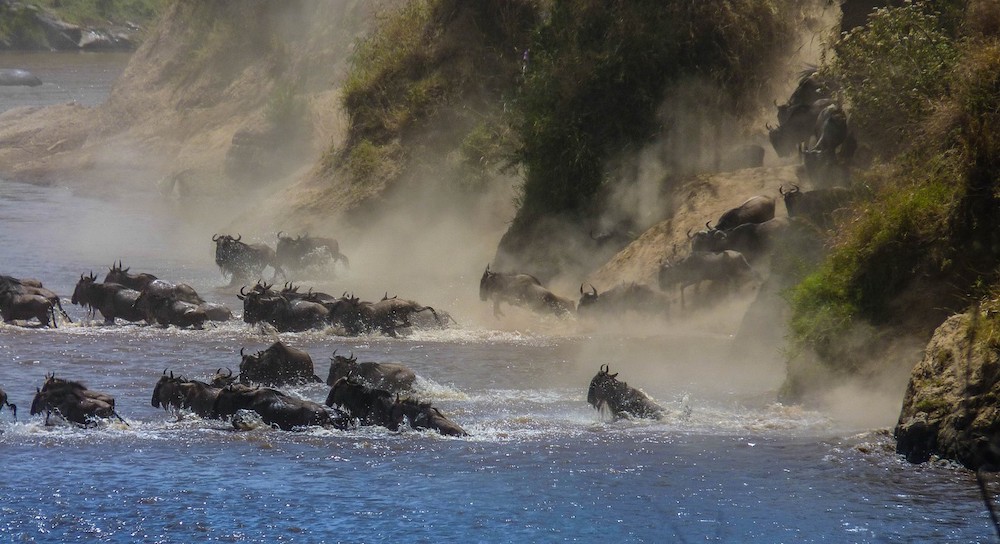
Ndutu Plains
Located near the border of the Ngorongoro Conservation Area, the Ndutu region is famous for the calving season (Jan–Mar), when thousands of baby wildebeest are born. This attracts numerous predators, making it a hotspot for action-packed game viewing and predator-prey encounters.
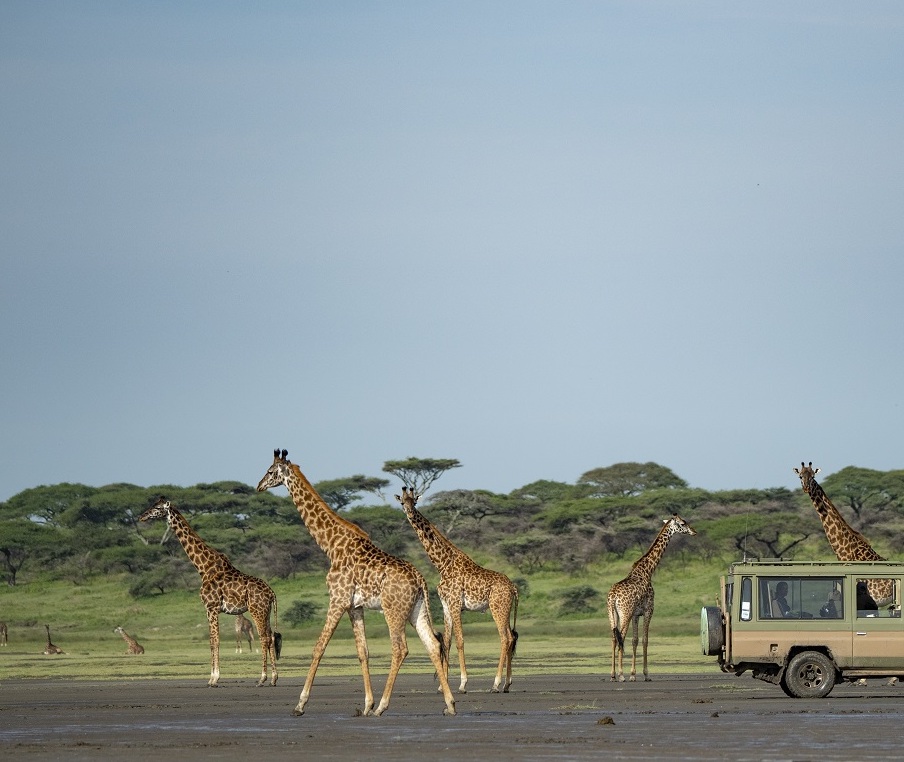
Lobo Area
The Lobo area, in the northern Serengeti, is a quieter, less-crowded region known for its rugged hills, kopjes (rocky outcrops), and resident wildlife. From July to October, it becomes part of the migration route, offering excellent sightings without the crowds.
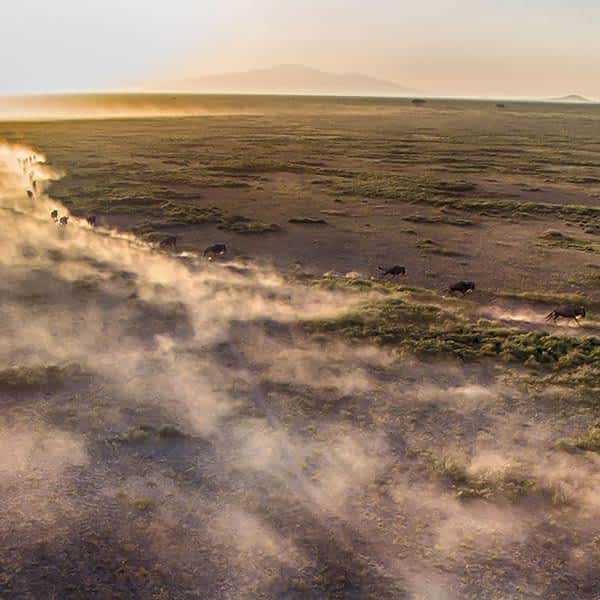
Maasai Kopjes
These large granite rock formations scattered across the plains are favorite resting and hunting spots for lions and cheetahs. They also provide shelter to reptiles and hyraxes. The Maasai Kopjes are particularly scenic and make a great stop during a game drive.
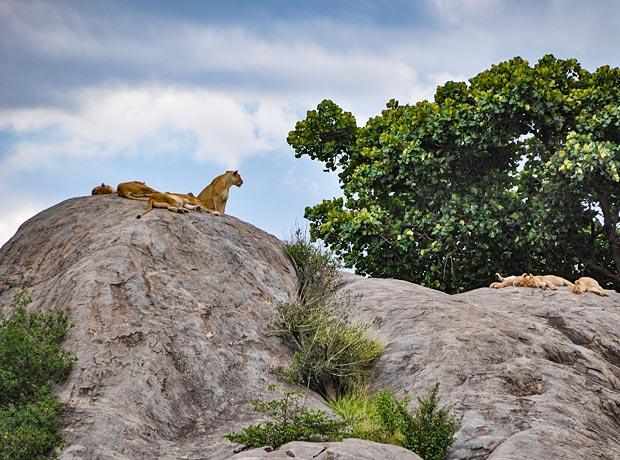
Bird Watching
With over 500 bird species, including secretary birds, vultures, ostriches, eagles, and colorful bee-eaters, the Serengeti is a top destination for bird enthusiasts. Birdlife is vibrant all year, especially around rivers, wetlands, and woodlands.
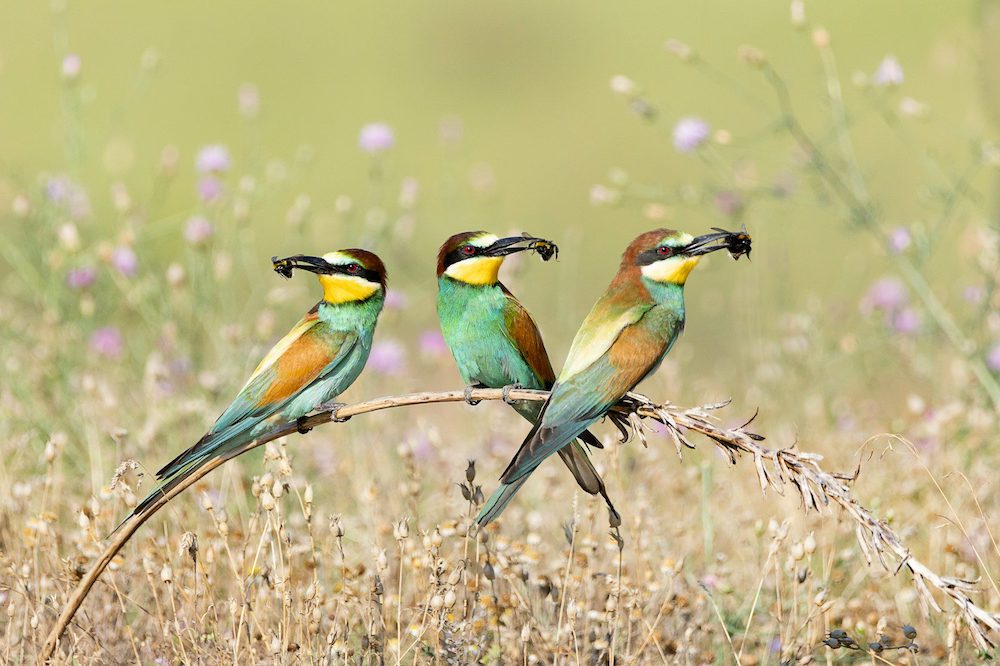
Thing to Do/activities in Serengeti National Park
Game Drives (Safari Drives)
Morning, afternoon, or full-day drives in 4×4 vehicles with a guide. Spot the “Big Five”: Lion, Elephant, Buffalo, Leopard, and Rhino. Also see cheetahs, giraffes, hyenas, hippos, crocodiles, and countless bird species. Great for photography and wildlife observation.
The Great Migration:
One of the most spectacular wildlife events in the world. Over 1.5 million wildebeest, 400,000 zebras, and gazelles migrate in search of water and grazing. Best time depends on location:
- Jan–Mar: Calving season in southern Serengeti.
- June–July: River crossings (Grumeti River).
- Aug–Oct: Mara River crossings into Maasai Mara.
Hot Air Balloon Safari
This is true unique experience where an early morning balloon ride over the Serengeti Offers a breathtaking aerial view of the wildlife and plains. Ends with a champagne breakfast in the bush and Must be booked in advance.
Bird Watching
Home to over 500 bird species, Look for ostriches, secretary birds, crowned cranes, vultures, and colorful bee-eaters. Best in the wet season (Nov-April) when migratory birds arrive.
Sunrise & Sunset Viewing
Serengeti offers some of the most beautiful sunrises and sunsets in Africa. Best experienced from camps, hilltops, or open savannahs where Photographers will find this a golden opportunity.
Photography Safaris
Specialized tours for wildlife and landscape photography. Guides help position vehicles for the best light and angles and Private vehicle options are available.
How to Get There
By Road:
A classic safari adventure begins with a 5 to 6-hour drive from Arusha, Tanzania’s main safari hub. Along the way, you'll pass through picturesque landscapes and traditional Maasai villages. The park has multiple entry points, with Seronera Gate being the most popular. Travelers coming from the western corridor can use the Ndabaka Gate.
By Air:
For a faster and more luxurious journey, flying is the ideal option. The Seronera Airstrip, located in the heart of the park, receives daily scheduled flights from Arusha airport, Kilimanjaro International Airport (JRO), Zanzibar and connecting flight from Nairobi Via Arusha airport or JRO. There are also charter flights to several other airstrips throughout the park perfect for those seeking comfort and time efficiency.
For International Access flying into Kilimanjaro International Airport (JRO) is the most convenient gateway for international travelers. From there, you can easily connect to the Serengeti by road or by a short domestic flight.
Best Time to Visit Serengeti National Park
Serengeti offers a year-round safari experience, but your ideal time to visit depends on what you want to witness.
Dry Season (June to October):
This is the prime time for wildlife viewing and catching the world-famous Great Migration, when over a million wildebeest and zebras thunder across the plains in search of greener pastures. The dry weather means animals gather at waterholes, making them easier to spot. Expect clear skies and unforgettable game drives.
Green Season (November to April):
Also known as the “secret season”, this period transforms the Serengeti into a lush, vibrant paradise. Migratory birds arrive, wildflowers bloom, and the landscape is at its most photogenic. It's a peaceful time with fewer tourists, perfect for photographers and birdwatchers. However, occasional rains may make some roads challenging and scatter the wildlife more widely.
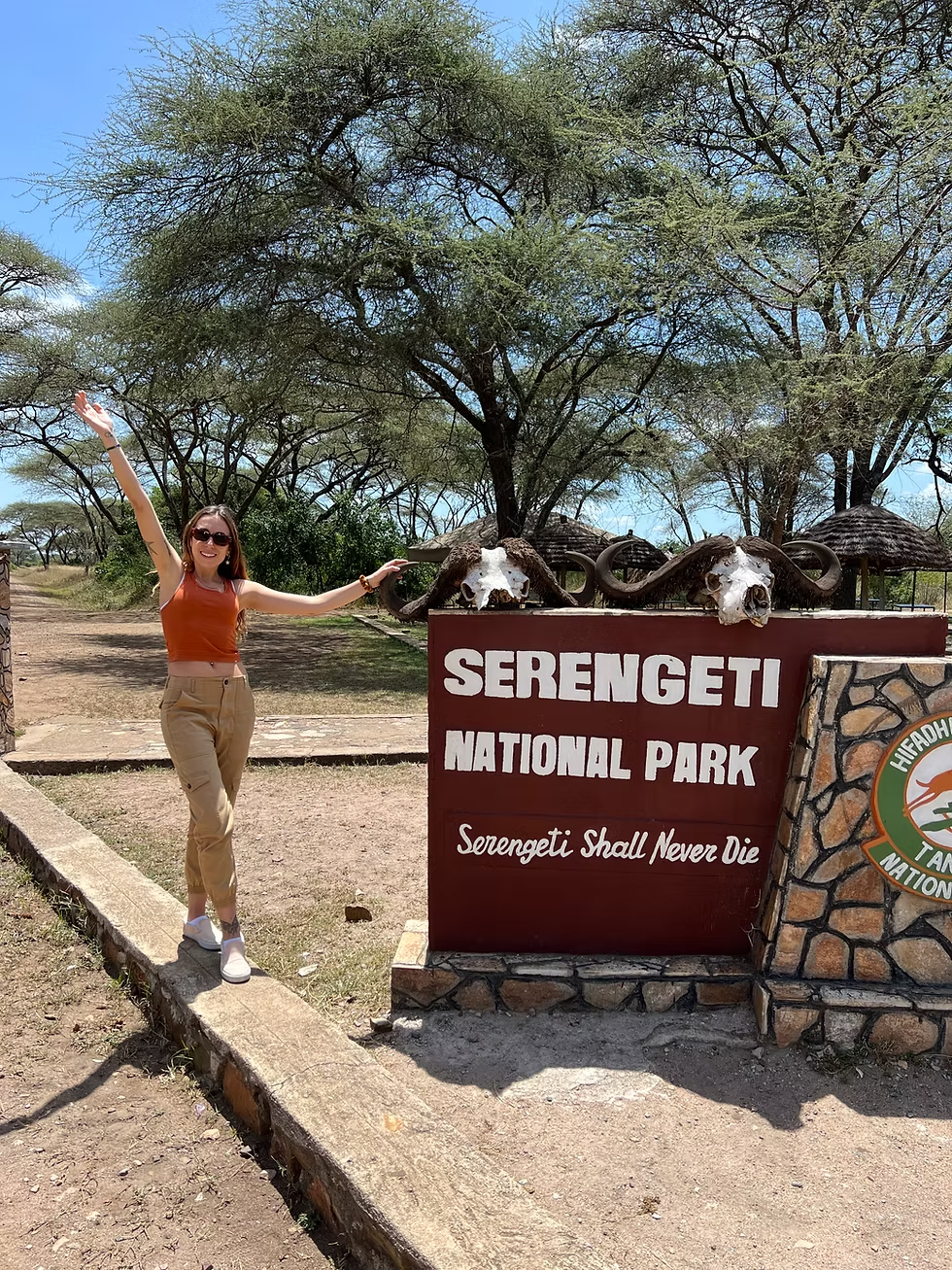
Serengeti National Park Weather and Climate
The Serengeti experiences a pleasant tropical climate with two main seasons:
Dry Season (June to October)
- Temperature: 24°C to 28°C (75°F to 82°F) during the day
- Conditions: Sunny skies, cool evenings, and minimal rain
- Experience: Ideal for safaris excellent visibility and abundant wildlife around water sources
Wet Season (November to May)
- Temperature: 20°C to 30°C (68°F to 86°F)
- Rainfall: Short rains in November/December; heavier rains from March to May
- Experience: Beautiful green scenery, fewer crowds, and excellent birdwatching but some roads may be muddy or impassable, and wildlife may be more spread out.
